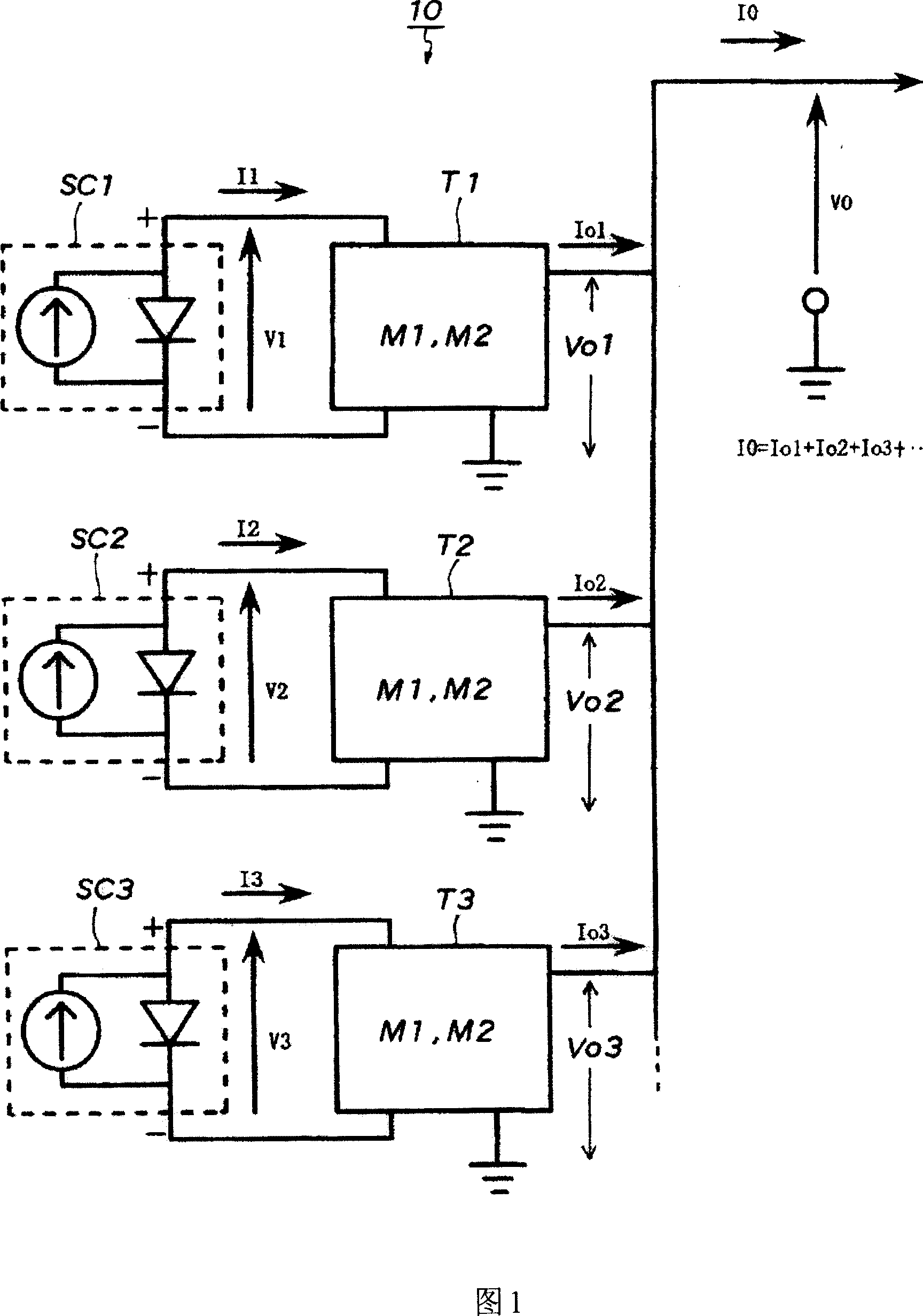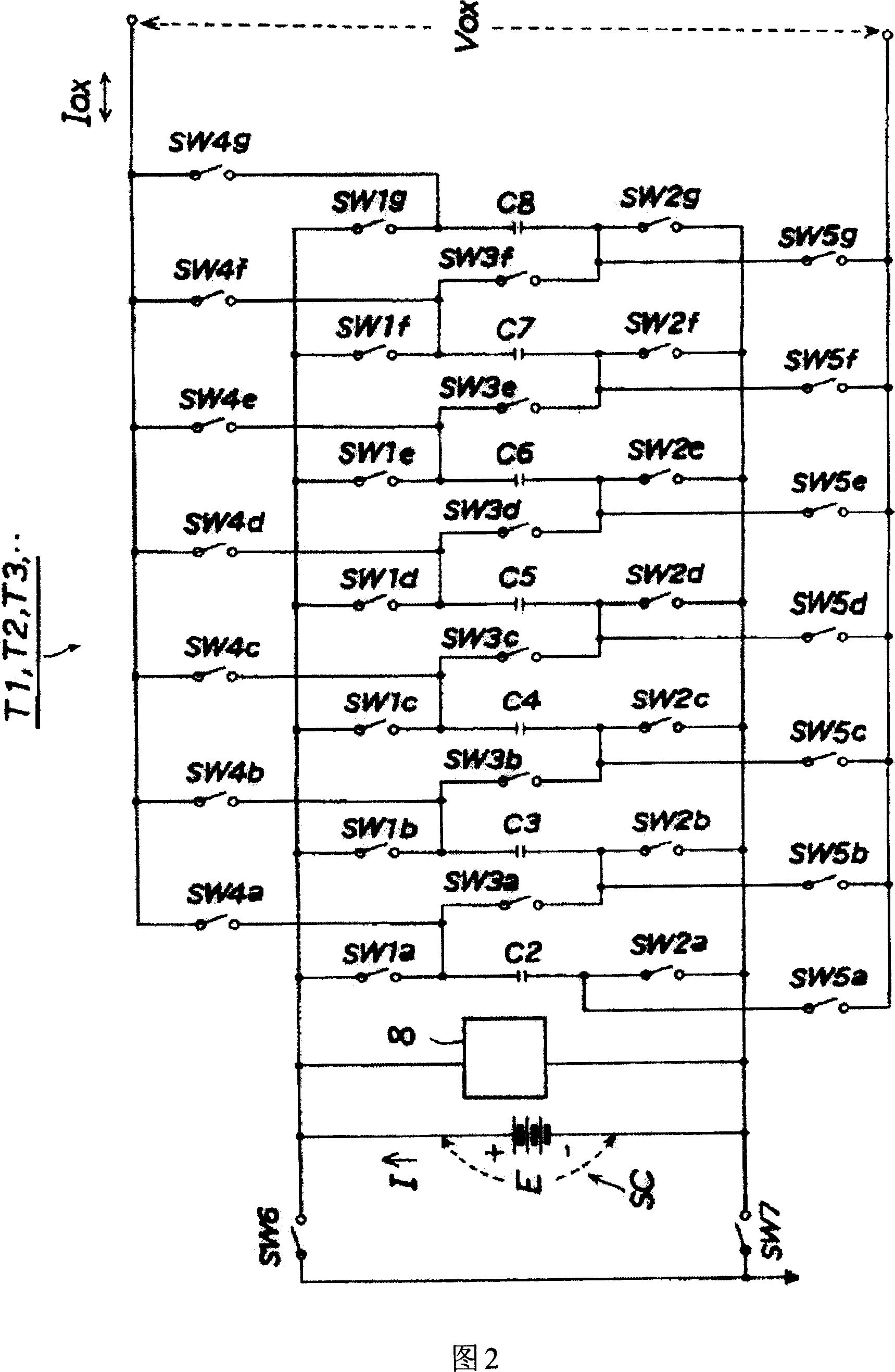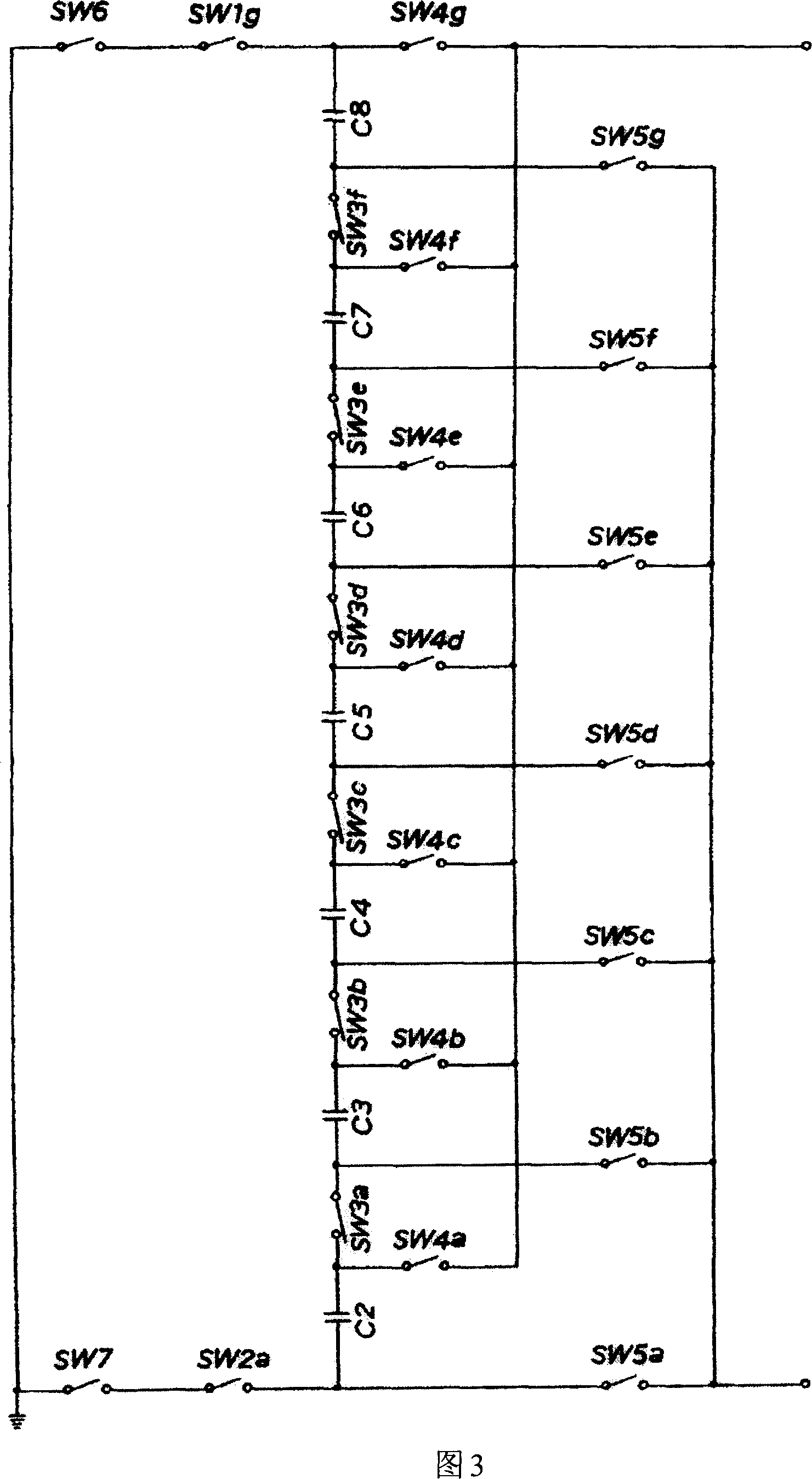Sun's rays generating device
A technology of power generation device and sunlight, applied in the direction of photovoltaic power generation, optical radiation generator, generator/motor, etc., can solve many problems such as extremely high power, difficulty and unavoidable, and prevent the temperature rise and prolongation of some parts. effect of life
- Summary
- Abstract
- Description
- Claims
- Application Information
AI Technical Summary
Problems solved by technology
Method used
Image
Examples
Embodiment Construction
[0094]Embodiments of the photovoltaic power generation device of the present invention will be described with reference to the drawings.
[0095] FIG. 1 is a block diagram of a photovoltaic power generation device according to a first embodiment of the present invention. 2 is a circuit diagram of a preferred example of a charge transfer circuit provided in each solar cell body of the photovoltaic power generation device according to the first embodiment of the present invention. FIG. 3 is a circuit diagram showing the connection state of the circuit at the output of the above-mentioned charge transfer circuit. 4 is a schematic diagram of the amount of transferred charge per switching cycle, which is the output current corresponding to the voltage change of the connected system (AC power supply) available at the output of the charge transfer circuit. Fig. 5 is a block diagram of a photovoltaic power generation device according to a second embodiment of the present invention. ...
PUM
 Login to View More
Login to View More Abstract
Description
Claims
Application Information
 Login to View More
Login to View More - R&D
- Intellectual Property
- Life Sciences
- Materials
- Tech Scout
- Unparalleled Data Quality
- Higher Quality Content
- 60% Fewer Hallucinations
Browse by: Latest US Patents, China's latest patents, Technical Efficacy Thesaurus, Application Domain, Technology Topic, Popular Technical Reports.
© 2025 PatSnap. All rights reserved.Legal|Privacy policy|Modern Slavery Act Transparency Statement|Sitemap|About US| Contact US: help@patsnap.com



